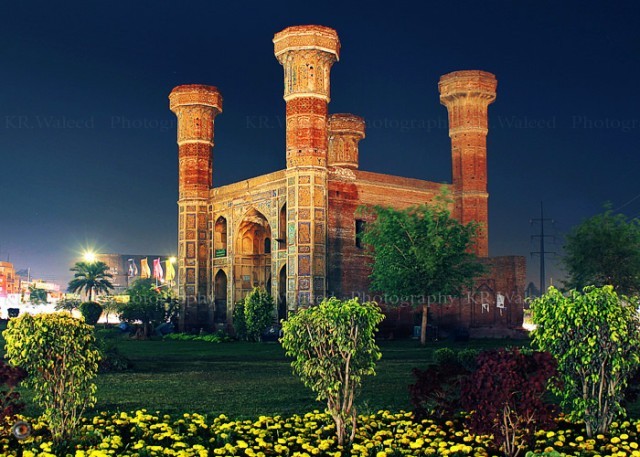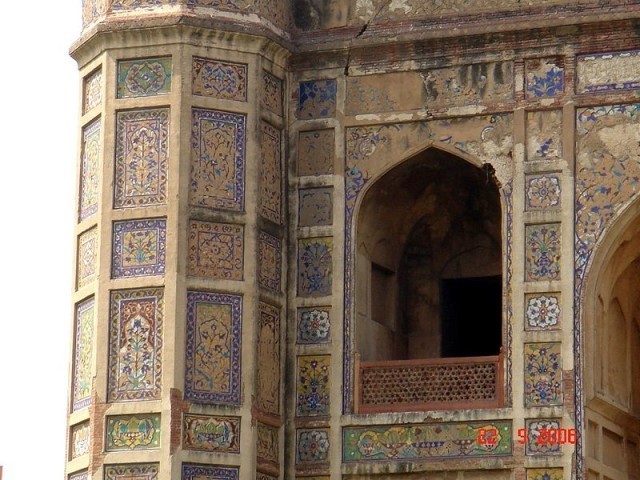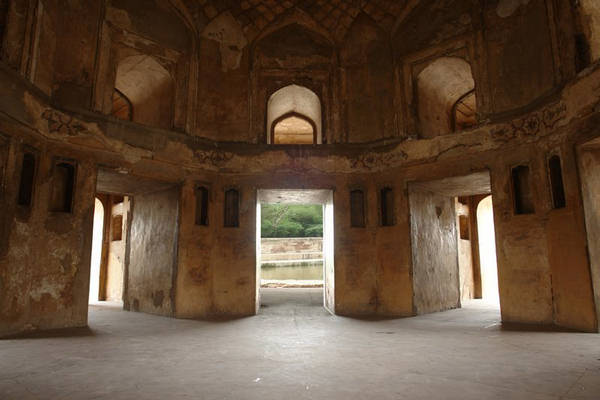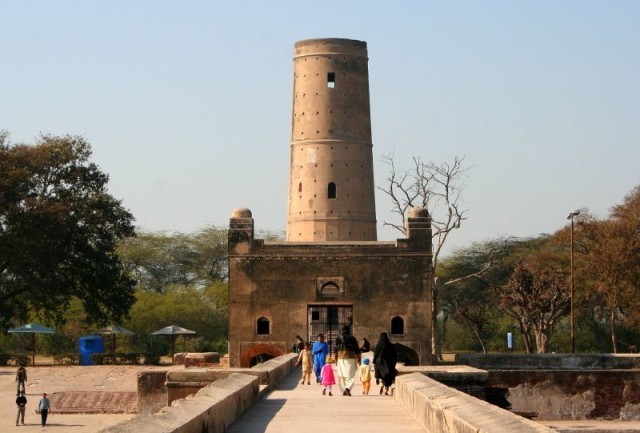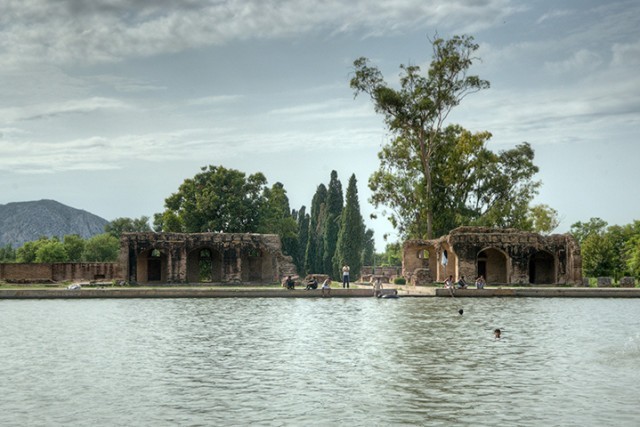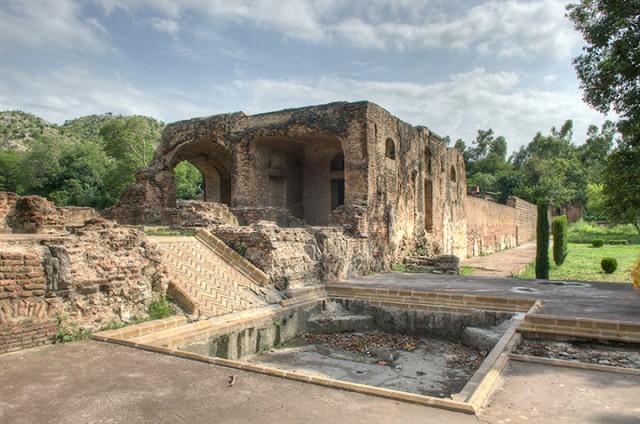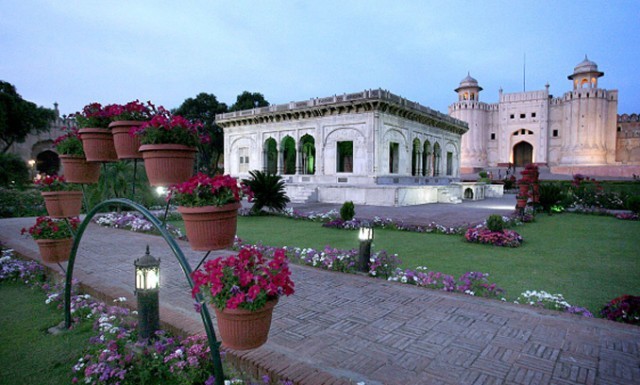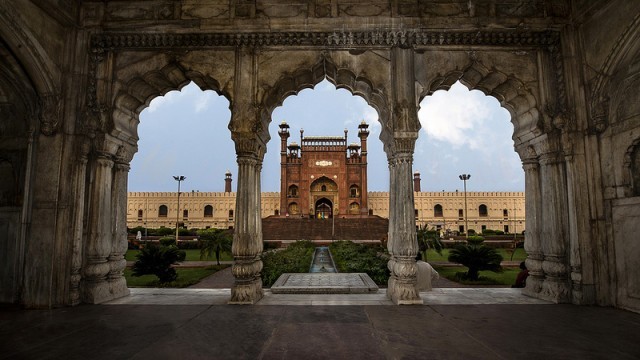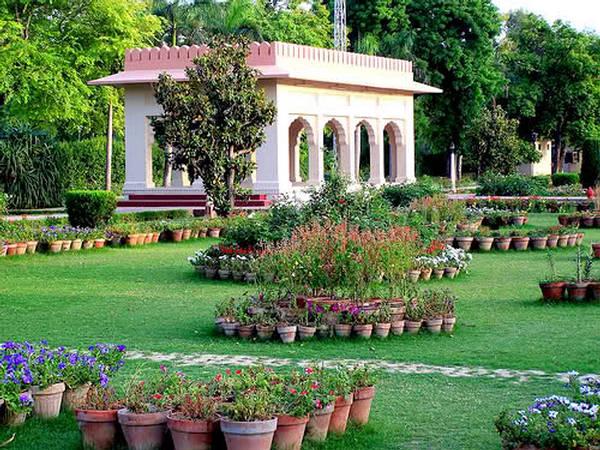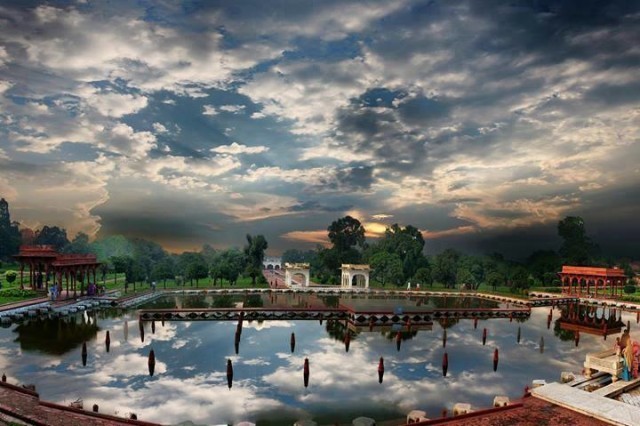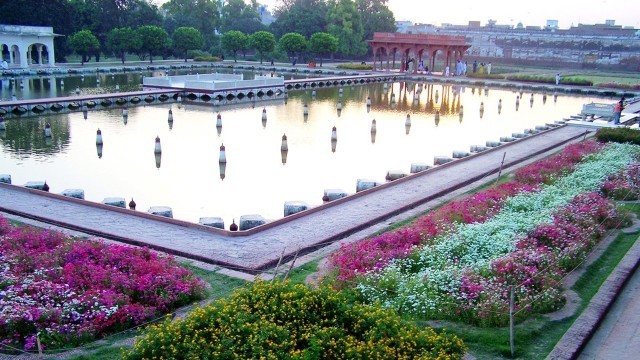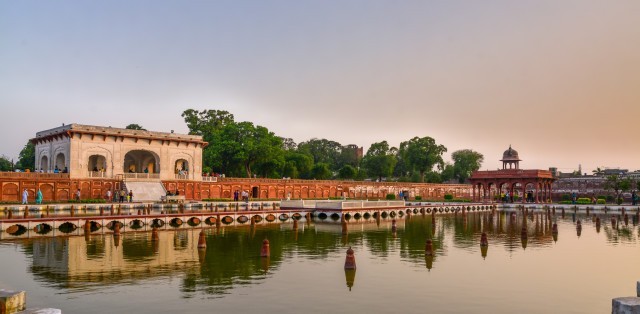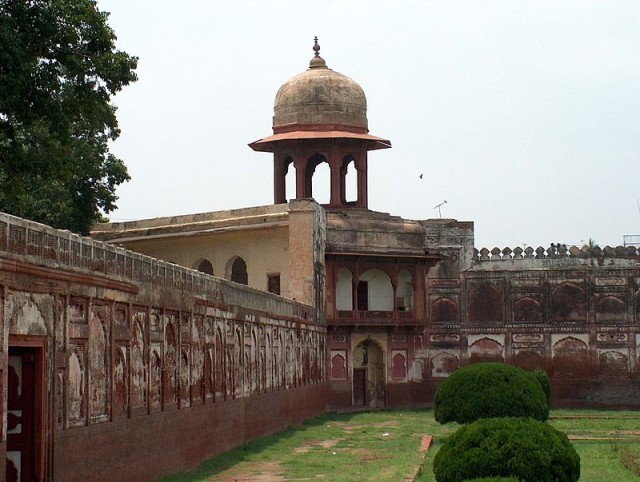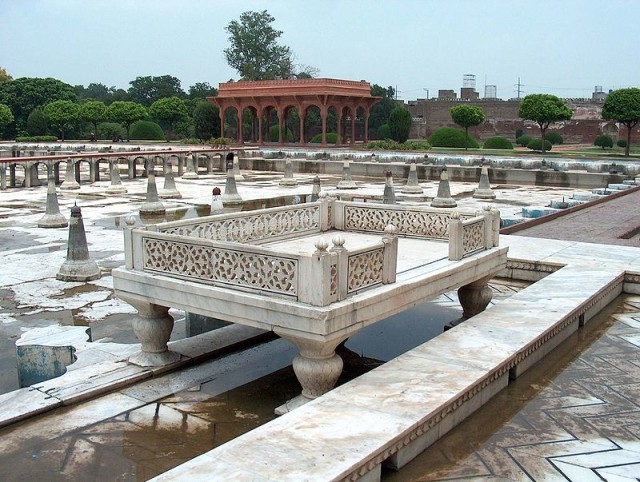Most Breathtaking Gardens of the Mughal Empire in Pakistan. The Mughal Empire has largely impacted Pakistani culture. Even though hundreds of years have passed, Mughal art and architecture never fail to impress us. Cities like Lahore, Wah, and Sheikhupura have become focal points for traditional Mughal gardens, forts, and monuments.
Here are the five timeless gardens of the Mughal Empire that you need to visit at least once in your lifetime.
1. Chauburji, Lahore
Chauburji is an extensive Mughal garden located in the olden city of Lahore on Multan Road. The structure of the garden is a fusion of traditional Mughal layout and ancient Islamic architecture.
The garden is noted for its unique minarets which are not found anywhere else in the sub-continent. According to an inscription on one of the gateways, Chauburji is a monument to Mughal Princess Zeb-un-Nisa.
The garden is well-known for its Tudor’ style arches, red brickwork, and presence of large doorways and windows in the corridors. Its gateway has four towers covered with opulent tile work. Due to negligence, the monument has somewhat broken down but it has not lost its elegance. Whoever passes through the busy Multan Road can’t help but be awed by the grand garden.
2. Hiran Minar, Sheikhupura
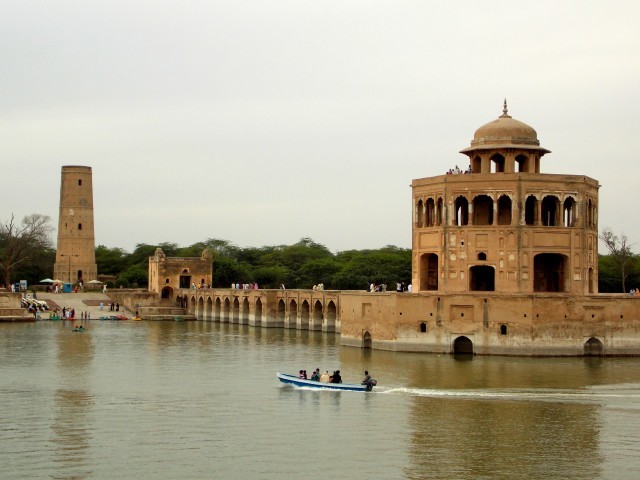 Hiran Minar (Minaret of Antelope) is located in a tranquil area in Sheikhupura. As the name suggests, the garden was built as a monument to a deer. Emperor Jahangir constructed the garden as a tribute to Mansraj which was one of his pet deer.
Hiran Minar (Minaret of Antelope) is located in a tranquil area in Sheikhupura. As the name suggests, the garden was built as a monument to a deer. Emperor Jahangir constructed the garden as a tribute to Mansraj which was one of his pet deer.
The garden structure features a large, squarish water tank with an octagonal pavilion in the middle. There is a minaret, about 100-feet high, from where you can view the panoramas of the city.
3. Mughal Garden Wah, Wah
Mughal Garden Wah is one of the oldest Mughal gardens in Pakistan. It is located in the city of Wah, Punjab. The garden was built during the reign of Mughal Emperor Akbar the Great.
The elaborate garden boasts a large water tank, clear springs, open pavilions (baradari), both chambers, and a cypress-lined garden axis. In 1996, the Pakistan Department of Archaeology was granted permission to restore the garden.
To this date, Mughal Garden Wah attracts numerous travelers and researchers from all over the world.
4. Hazuri Bagh, Lahore
Located within the Walled City of Lahore, Hazuri Bagh is a Mughal garden encircled by the iconic symbols of Lahore that include Lahore Fort, Badshahi Mosque, the Samadhi of Ranjit Singh, and the Roshni Gate.
In 1813, Maharajah Ranjit Singh managed to capture the Koh-i-Noor Diamond from Shah Shujah of Afghanistan. To celebrate this feat, he ordered Faqir Azizuddin to build a traditional Mughal garden.
The garden is noted for its monument, The Hazuri Bagh Baradari. The baradari is basically a square structure made from white marble with twelve entrances. The surrounding areas are occupied by flourishing gardens, pathways, and canals. On Sunday afternoons, people gather around in the garden to recite poetry and traditional Punjabi Cisse.
5. The Shalimar Gardens, Lahore
Every Pakistani has heard of the Shalimar Gardens in Lahore. Not only it is one of the most popular sites in the city to hang out, but it is also arguably the most beautiful one. The Mughal garden was built in the 16th century under the instructions of a great Mughal emperor, Shah Jahan.
The gardens feature three levels of terraces. Each one of them is elevated by 13 to 15 feet. The upper level is called Farah Baksh (Bestower of Pleasure), the middle-level terrace is called Faiz Baksh (Bestower of Goodness) and the lower level terrace is called Hayat Baksh (Bestower of Life).
There are 410 magnificent fountains spurting from the basin and canal which then discharge into marble pools. The impeccable water systems and thermal engineering that somehow manage to keep the surroundings cool still baffle the scientists. Farah Baksh terrace has 105 fountains, Faiz Baksh terrace has 152 fountains and there are 153 fountains in Hayat Baksh terrace.
The garden also includes various water cascades, pavilions, sleeping chambers, baths, a grand hall two gateways, and minarets in the corners of the Gardens.
The flora of the Shalimar Gardens will also leave you speechless. From apricot, peach, apple to oranges, mangoes, and cherries – the garden is blossoming with plants.
The Mughal Empire is considered one of the most powerful Islamic dynasties in the world. While they are no longer here to rule the world, they have strongly influenced art, architecture, music, and food. The Mughal Empire survives today in the form of our culture, majestic pieces of art, and beautiful building designs.

